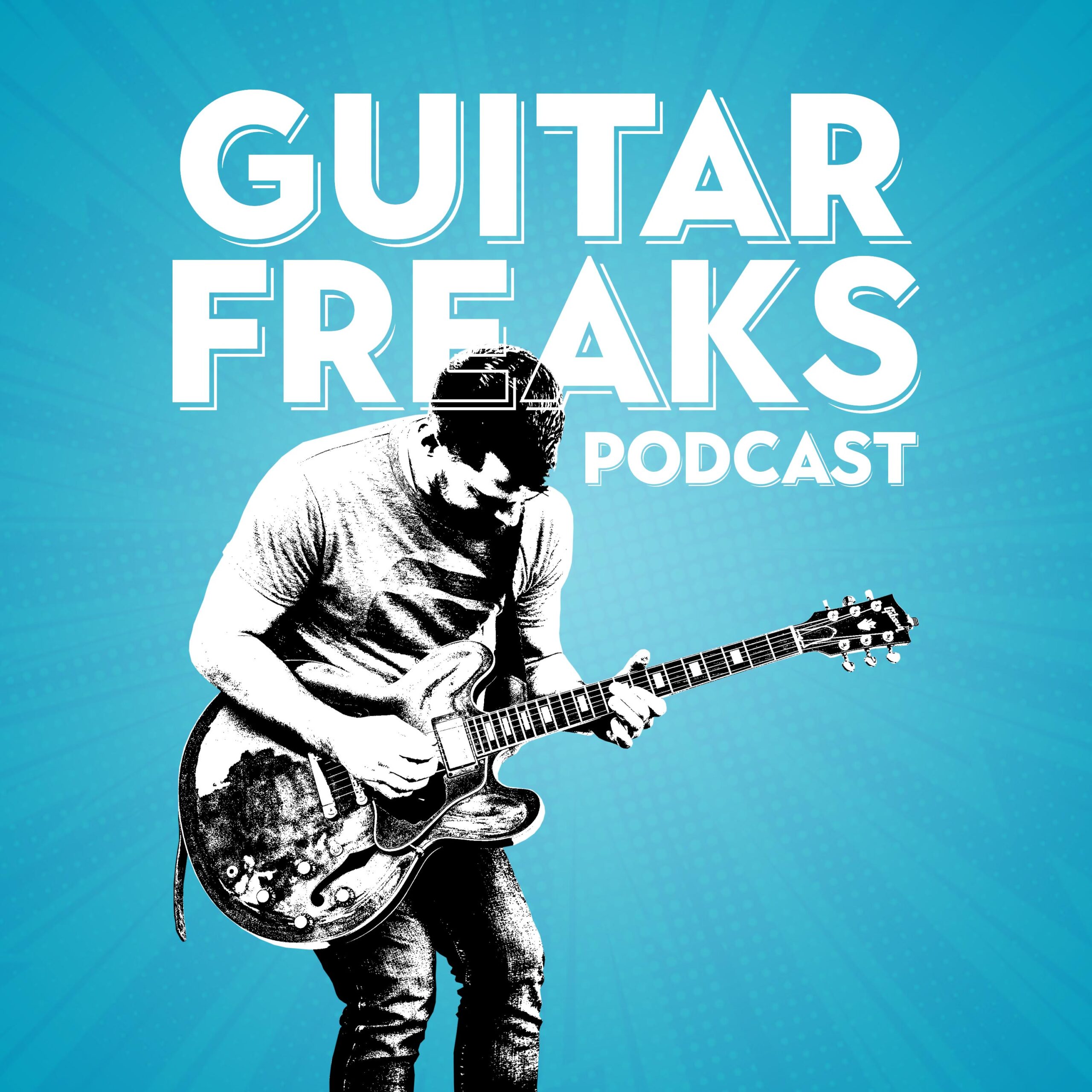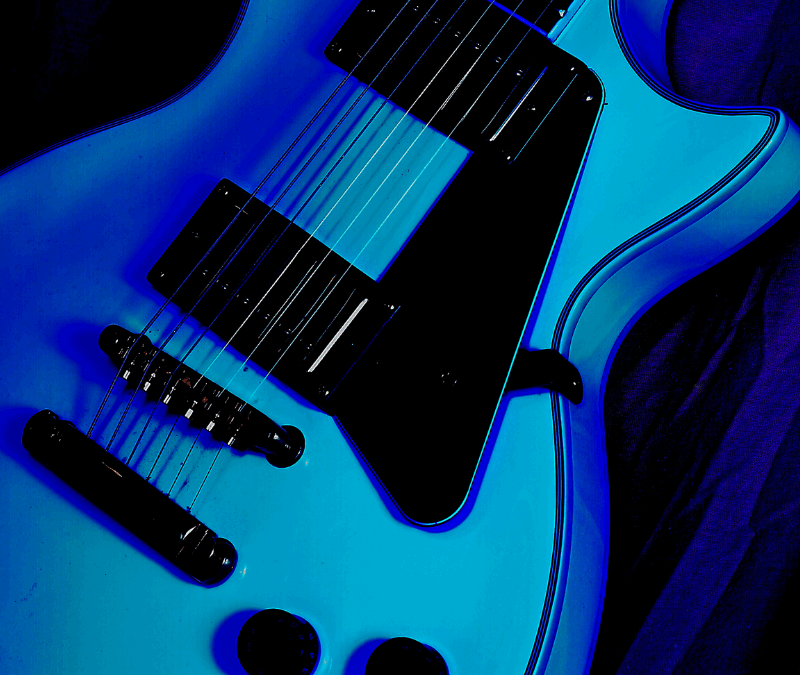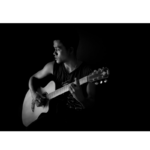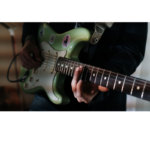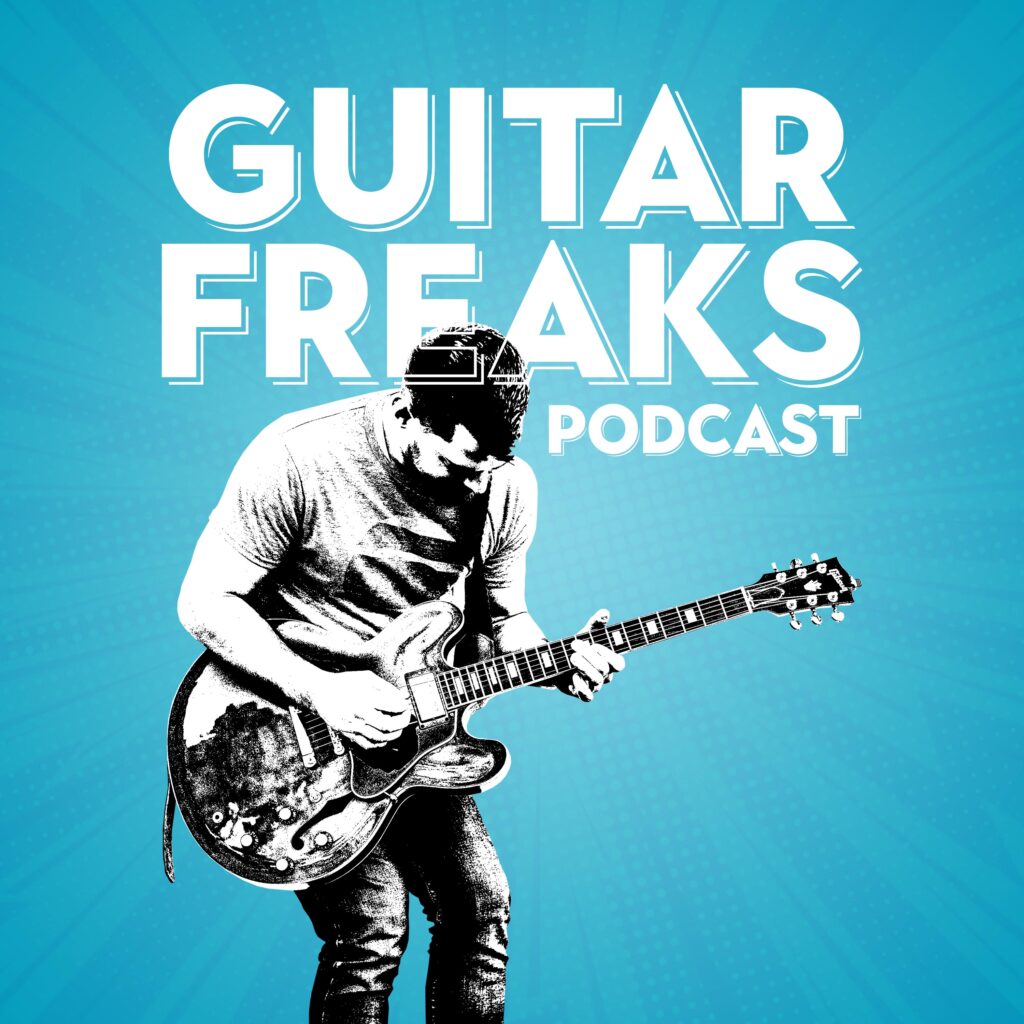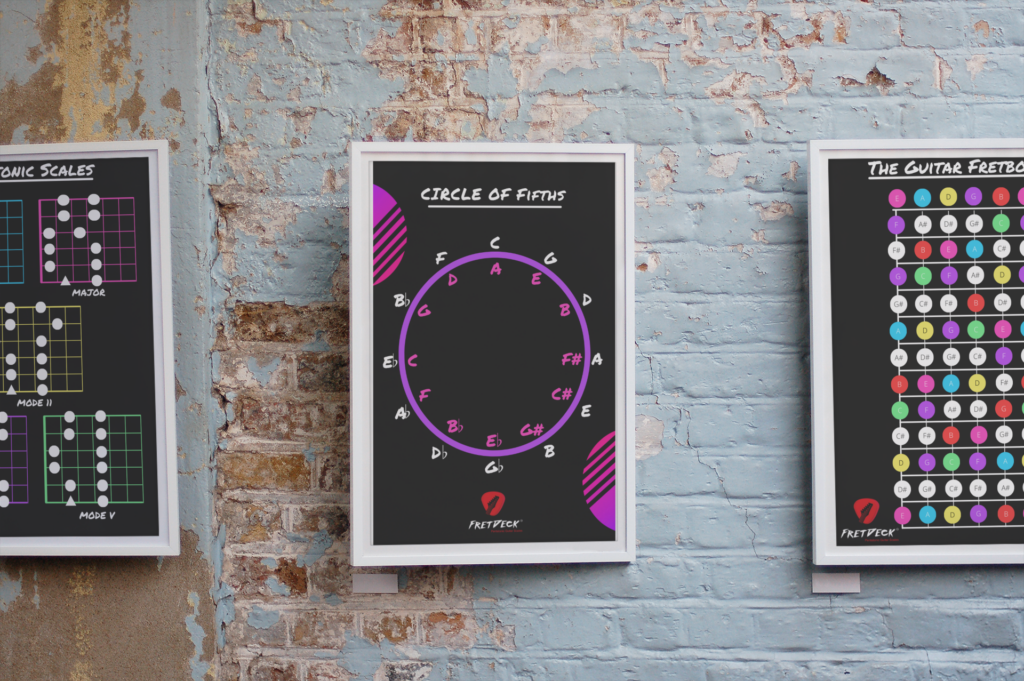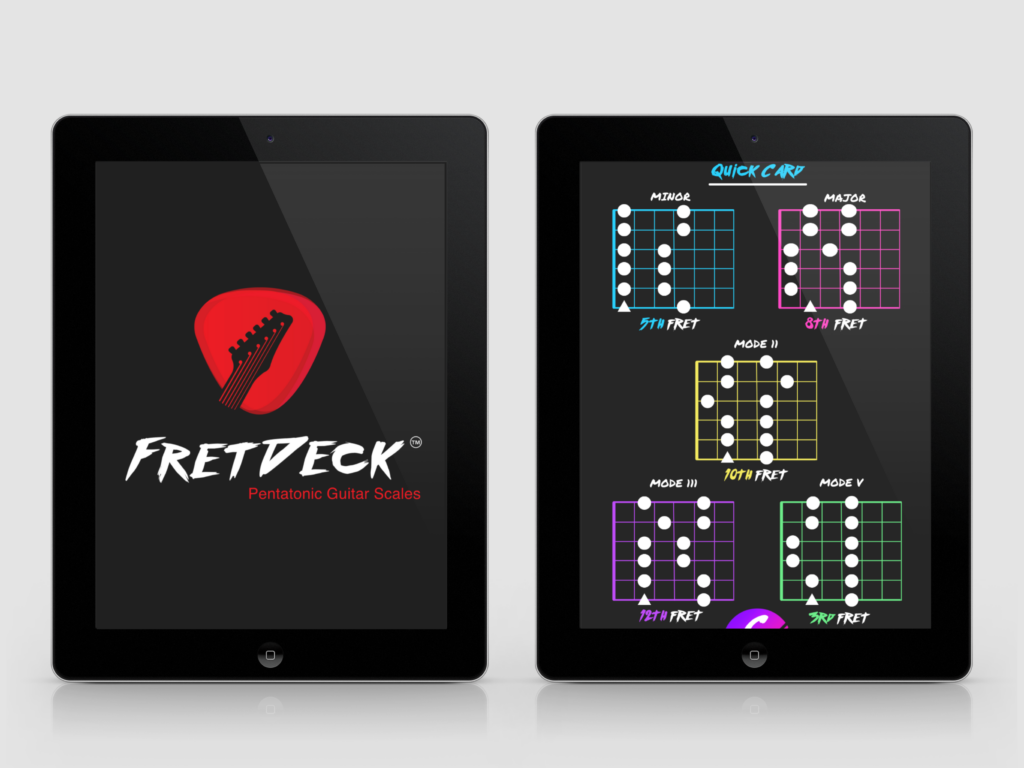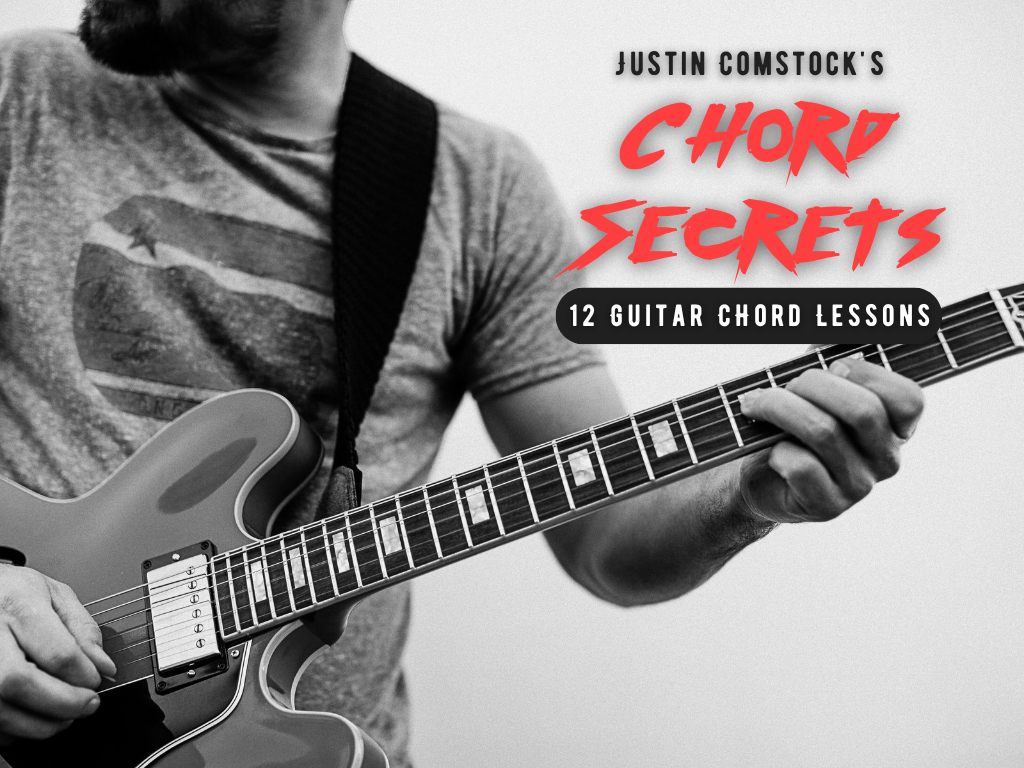Let me be blunt:
Most guitar players know the pentatonic scale.
But very few understand the pentatonic mode.
They memorize boxes. They noodle in minor.
And when it’s time to solo, they fall flat.
It’s not their fault. They were taught shapes, not sounds.
Today, that ends.
This post is your field guide to the real power of the pentatonic mode.
Not just one pattern. Not just one key.
But five modes. Endless music.
And yes—we’ll show you how to unlock all five using a deck of cards we built called FretDeck. Stick around.
🎵 The Dirty Little Secret Behind the Pentatonic Mode
You’ve heard this one:
“Just play minor pentatonic over the whole thing, man.”
And while it’s technically correct, it’s musically lazy.
The pentatonic mode is more than a scale. It’s a viewpoint. A filter. A way of highlighting the right notes at the right time.
Each of the five pentatonic positions isn’t just a shape—it’s a mode. Each one has a different feel, function, and flavor.
If that excites you, good.
If that confuses you, even better.
We’re about to dive in.

❌ Stop Guessing. Start Shredding.
If you’re still fumbling through scale patterns and box shapes… it’s costing you progress.
FretDeck™ is the no-fluff system that shows you exactly how to master the fretboard—fast. Early access.
⚡️ This isn’t for dabblers. It’s for players who want results.
👉 Click here to join the pre-launch now
Early access. Limited rewards. Don’t wait.
🧭 Mode vs. Shape: Don’t Confuse the Map with the Territory
Let’s clear this up:
- A shape is what you see on the fretboard.
- A mode is what you hear when you emphasize certain notes.
Think of it like painting.
- The shape is your brushstroke.
- The mode is your color choice.
The same five notes can sound sad, funky, hypnotic, punchy, or sweet—depending on which note you start from and how you resolve your phrases.
That’s the secret behind pentatonic modes.
⚡ Unlocking the 5 Pentatonic Modes (with Sound, Not Theory)
You already know the minor pentatonic scale:
A – C – D – E – G
That’s Mode 1. The most familiar.
But here’s what happens when you reorder the notes:
🌀 Mode 2: Start on C
- Sounds more Dorian-ish
- Use over funky jams or jazzy blues
🌀 Mode 3: Start on D
- Sounds suspended, unresolved
- Great for creating tension in a solo
🌀 Mode 4: Start on E
- Bright and open
- Good for modal blues, Hendrix-style grooves
🌀 Mode 5: Start on G
- Sounds ancient, modal
- Perfect for intros, breakdowns, and mood shifts
Each of these is a pentatonic mode.
They’re not new scales. Just new starting points.
And they open up whole new worlds of sound.
CTA: Want to see these modes across the neck? Join our Kickstarter and get the FretDeck. It lays out every mode in every key—visually.
🎸 Mode 3 Is the Best-Kept Secret in the Blues
Let’s talk about Mode 3.
If you’re playing A minor pentatonic:
- A – C – D – E – G
Mode 3 starts on D:
- D – E – G – A – C
That’s your suspension mode.
Great for turnarounds and pre-chorus lifts.
Use it when the band hangs on a V chord.
Use it when you want to delay the resolution.
You’ll sound like you know something others don’t.
And you do.
How to Master Pentatonic Scales
💡 Practice Prompt: Solo Using One Pentatonic Mode per Chorus
Grab a 12-bar blues backing track.
- First chorus: Use Mode 1
- Second chorus: Use Mode 2
- Third chorus: Use Mode 3
- …and so on.
Don’t rush. Take your time.
Let the starting note shape your phrases.
This practice doesn’t just teach scales. It rewires how you hear.
🎁 Want more practice prompts like this? Get 52 of them inside the FretDeck Kickstarter bundle.

❌ Stop Guessing. Start Shredding.
If you’re still fumbling through scale patterns and box shapes… it’s costing you progress.
FretDeck™ is the no-fluff system that shows you exactly how to master the fretboard—fast. Early access.
⚡️ This isn’t for dabblers. It’s for players who want results.
👉 Click here to join the pre-launch now
Early access. Limited rewards. Don’t wait.
📚 Why Most Guitar Books Skip the Pentatonic Mode (and Why That Hurts You)
The typical guitar method book shows:
- Box 1 (the “home” shape)
- Maybe Boxes 2–5 (barely explained)
- Zero mention of modal phrasing inside the pentatonic
That’s like teaching someone the alphabet and never explaining how to form sentences.
If you want to play blues, rock, soul—or even modal jazz—you need more than box shapes.
You need modal awareness.
Here’s how you fix it:
- Emphasize different notes per chord
- Practice melodic sequencing from different starting tones
- Learn to resolve your phrases differently per mode
Or—grab a FretDeck, which shows you how.
🔁 The Circle of 4ths + Pentatonic Modes = Jedi-Level Control
Try this exercise:
- Start with Mode 1 of A minor pentatonic.
- Move to D minor (a 4th up). Use Mode 1 in that key.
- Repeat up the circle of 4ths (G → C → F → Bb → Eb, etc.)
You’ll start to:
- Map the fretboard in circles (not just straight lines)
- Learn how each pentatonic mode feels over new root centers
- Build modal fluency, fast
🧠 This is how players like Robben Ford and John Scofield approach blues-fusion phrasing.
🛠 Tools You’ll Need (You Already Have Them)
Here’s what you really need to master the pentatonic mode:
- Metronome set to 2 and 4
- Your voice: Sing the notes before you play them
- One string: Practice modes on a single string to internalize intervals
- A loop pedal (or backing track)
Keep it simple.
Don’t chase new gear. Chase new sounds.
🗺 The Pentatonic Mode Map: What You Never Got in Lessons
If you’re a visual learner (like most of us), here’s how to mentally “see” modes:
- Mode 1 feels rooted, classic blues
- Mode 2 feels funky, danceable
- Mode 3 feels unresolved and modal
- Mode 4 feels major, sweet, like a sunrise
- Mode 5 feels gritty and hypnotic
When you learn to hear these, you won’t just memorize fretboard diagrams—you’ll start to hear the fretboard before you play it.
🎯 CTA: Get FretDeck and practice these shapes by mode, not just box.
🚪 3 Solos That Rely on Pentatonic Mode Phrasing (Not Just Scales)
These solos aren’t great because of the scale—they’re great because of modal phrasing:
🎧 1. “Little Wing” – Jimi Hendrix
- Uses Mode 4 and Mode 2 for sweetness and tension
- Starts on E but often resolves to G—modal magic
🎧 2. “Blue in Green” – Miles Davis (via John McLaughlin on guitar)
- Modal jazz, pentatonic skeleton
- Solos are all about the flavor of the mode
🎧 3. “Cause We’ve Ended As Lovers” – Jeff Beck
- Uses Mode 3 in masterful ways
- Modal tension built through bends and silence
Study these. Not for licks—but for language.
✅ To Recap (So You Actually Remember This)
Here’s what we’ve covered:
- The pentatonic mode isn’t a scale—it’s a perspective
- Each of the 5 modes has its own voice
- Practice each mode across the neck, not just in one box
- Use the circle of 4ths to build modal flow
- Modal phrasing separates good solos from great ones
🎁 Get FretDeck to see every mode across the neck.
🎸 Join our Guitar Freaks Discord for practice prompts, weekly licks, and solo breakdowns.
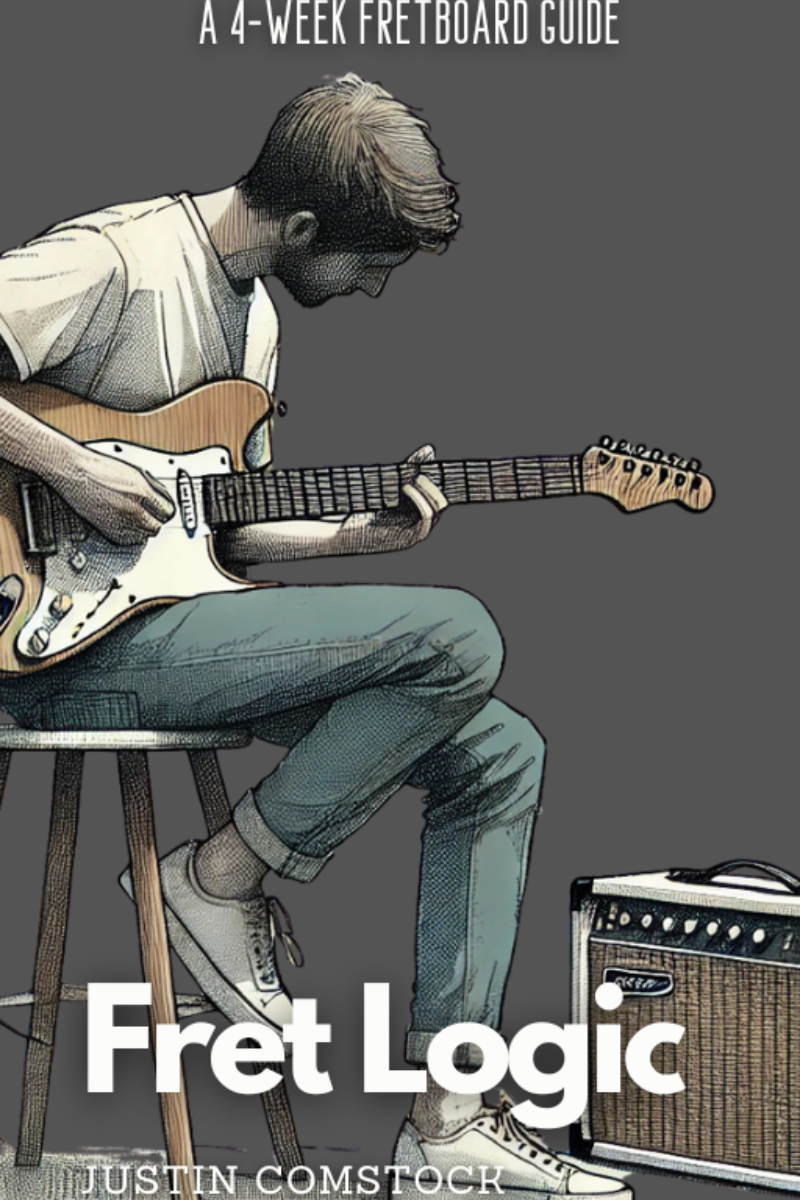
Join Guitar Freaks Hangout on Discord! 🎸
Get Fret Logic FREE!
Join the Guitar Freaks Hangout Discord and get exclusive access to my entire e-book, Fret Logic! Master the fretboard and elevate your solos with this comprehensive guide.
👉 Don’t miss out—join now and download your free copy!
🧨 FINAL CTA: Stop Playing Boxes. Start Speaking Modes.
If you’re ready to finally feel the neck, not just memorize it…
If you want to move past robotic blues licks and into real, expressive soloing…
And if you want to stop watching endless YouTube videos and start mastering the fretboard with confidence—
🔥 Then FretDeck is your next step.
Join our Kickstarter now.
You’ll get the full deck, bonus SoloCraft chapters, access to our Discord, and a roadmap for mastering pentatonic modes.
